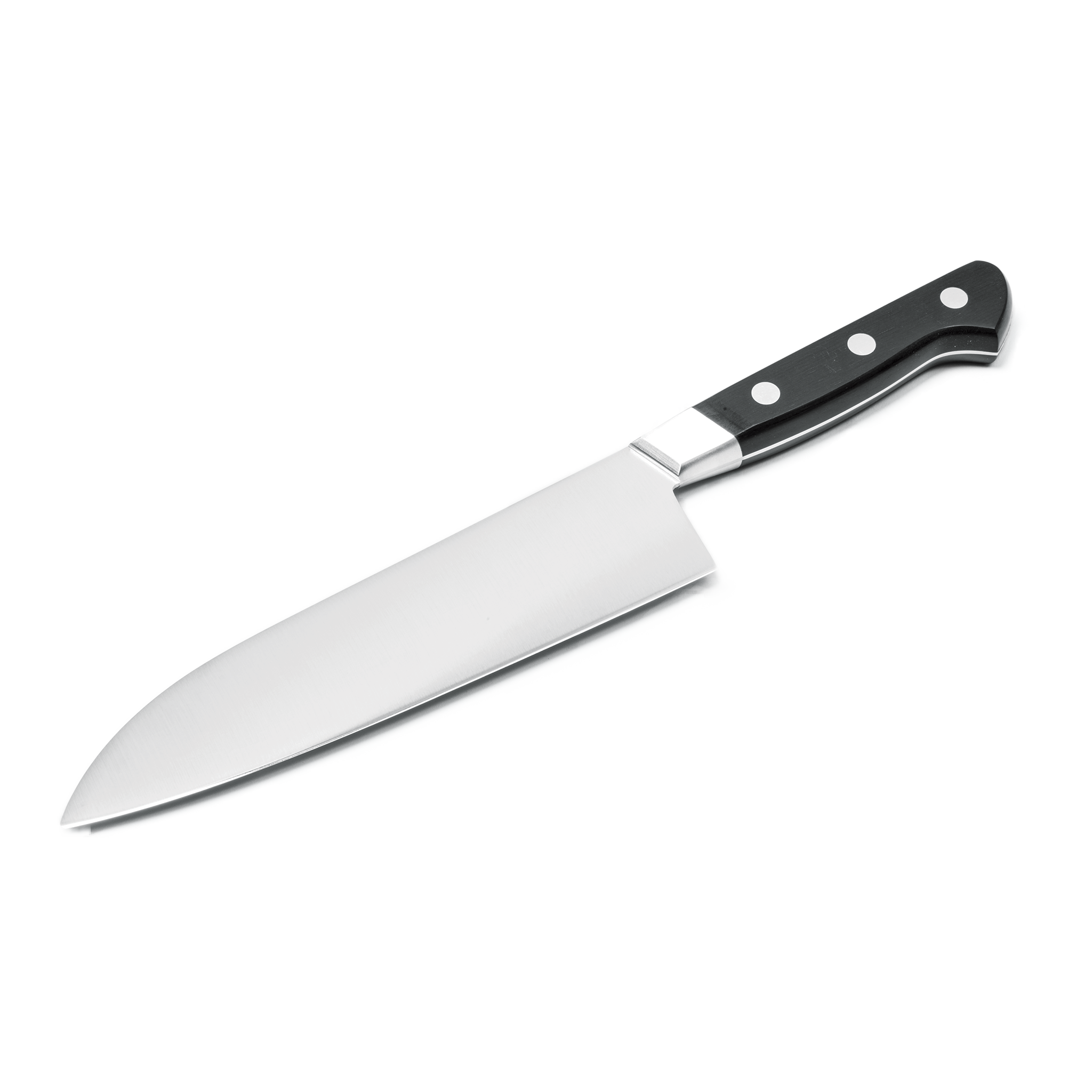
This image has format transparent PNG with resolution 2048x2048.
You can download this image in best resolution from this page and use it for design and web design.
knife PNG image with transparent background you can download for free, just click on download button.
A knife (plural knives; from Old Norse knifr, "knife, dirk") is a tool or weapon with a cutting edge or blade, often attached to a handle or hilt. One of the earliest tools used by humanity, knives appeared at least 2.5 million years ago, as evidenced by the Oldowan tools. Originally made of wood, bone, and stone (such as flint and obsidian), over the centuries, in step with improvements in both metallurgy and manufacturing, knife blades have been made from copper, bronze, iron, steel, ceramic, and titanium. Most modern knives have either fixed or folding blades; blade patterns and styles vary by maker and country of origin.
Knives can serve various purposes. Hunters use a hunting knife, soldiers use the combat knife, scouts, campers, and hikers carry a pocket knife; there are kitchen knives for preparing foods (the chef's knife, the paring knife, bread knife, cleaver), table knives (butter knives and steak knives), weapons (daggers or switchblades), knives for throwing or juggling, and knives for religious ceremony or display (the kirpan).
Knife blades can be manufactured from a variety of materials, each of which has advantages and disadvantages. Carbon steel, an alloy of iron and carbon, can be very sharp. It holds its edge well, and remains easy to sharpen, but is vulnerable to rust and stains. Stainless steel is an alloy of iron, chromium, possibly nickel, and molybdenum, with only a small amount of carbon. It is not able to take quite as sharp an edge as carbon steel, but is highly resistant to corrosion. High carbon stainless steel is stainless steel with a higher amount of carbon, intended to incorporate the better attributes of carbon steel and stainless steel. High carbon stainless steel blades do not discolor or stain, and maintain a sharp edge. Laminated blades use multiple metals to create a layered sandwich, combining the attributes of both. For example, a harder, more brittle steel may be sandwiched between an outer layer of softer, tougher, stainless steel to reduce vulnerability to corrosion. In this case, however, the part most affected by corrosion, the edge, is still vulnerable. Damascus steel is a form of pattern welding with similarities to laminate construction. Layers of different steel types are welded together, but then the stock is manipulated to create patterns in the steel.
Titanium is a metal that has a better strength-to-weight ratio, is more wear resistant, and more flexible than steel. Although less hard and unable to take as sharp an edge, carbides in the titanium alloy allow them to be heat-treated to a sufficient hardness. Ceramic blades are hard, brittle, and lightweight: they may maintain a sharp edge for years with no maintenance at all, but are as fragile as glass and will break if dropped on a hard surface. They are immune to common corrosion, and can only be sharpened on silicon carbide sandpaper and some grinding wheels. Plastic blades are not especially sharp and typically serrated. They are often disposable.
Steel blades are commonly shaped by forging or stock removal. Forged blades are made by heating a single piece of steel, then shaping the metal while hot using a hammer or press. Stock removal blades are shaped by grinding and removing metal. With both methods, after shaping, the steel must be heat treated. This involves heating the steel above its critical point, then quenching the blade to harden it. After hardening, the blade is tempered to remove stresses and make the blade tougher. Mass manufactured kitchen cutlery uses both the forging and stock removal processes. Forging tends to be reserved for manufacturers' more expensive product lines, and can often be distinguished from stock removal product lines by the presence of an integral bolster, though integral bolsters can be crafted through either shaping method.
Knives are sharpened in various ways. Flat ground blades have a profile that tapers from the thick spine to the sharp edge in a straight or convex line. Seen in cross section, the blade would form a long, thin triangle, or where the taper does not extend to the back of the blade, a long thin rectangle with one peaked side. Hollow ground blades have concave, beveled edges. The resulting blade has a thinner edge, so it may have better cutting ability for shallow cuts, but it is lighter and less durable than flat ground blades and will tend to bind in deep cuts.[citation needed] Serrated blade knives have a wavy, scalloped or saw-like blade. Serrated blades are more well suited for tasks that require aggressive 'sawing' motions, whereas plain edge blades are better suited for tasks that require push-through cuts (e.g., shaving, chopping, slicing).
Many knives have holes in the blade for various uses. Holes are commonly drilled in blades to reduce friction while cutting, increase single-handed usability of pocket knives, and, for butchers' knives, allow hanging out of the way when not in use.
On this page you can download free PNG images on theme: Knife PNG images, free pictures download